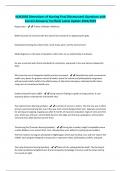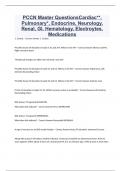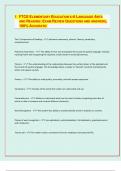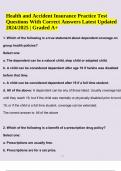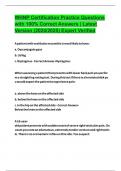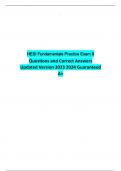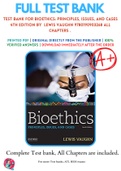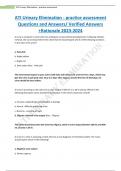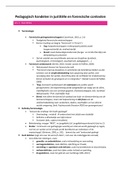Exam (elaborations)
NUR2058 Dimensions of Nursing Final (Rasmussen)-Questions with Correct Answers/ Verified/ Latest Update 2024/2025
- Course
- Institution
Hippocrates -️️"Father of Modern Medicine. Beliefs focused on harmony with the natural law instead of on appeasing the gods. Emphasized treating the whole client, mind, body, spirit, and the environment. Made diagnosis on the basis of symptoms rather than on an isolated idea of a disease. H...
[Show more]
